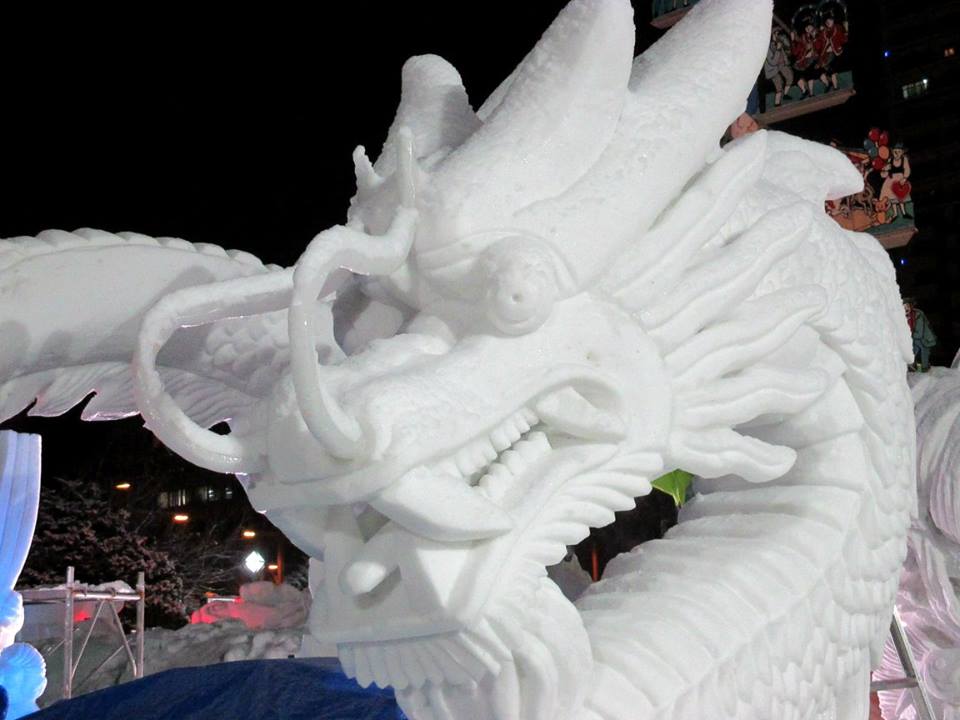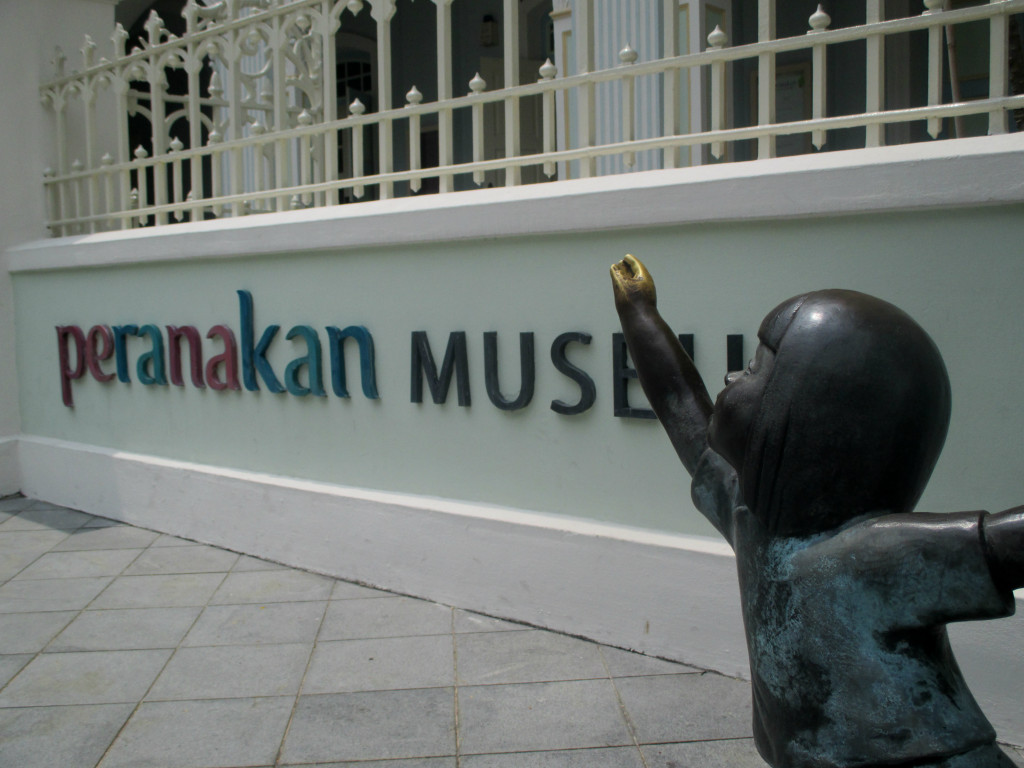Published on February 1, 2017 in the Singapore American Newspaper:

If living in Singapore has made you pine for cold weather, but you don’t miss the slushy morning commutes or the heating bills, then book a trip to the winter wonderland that is the Sapporo Snow Festival (Sapporo Yuki Matsuri), which is held every February. Located in Hokkaido, Japan’s northernmost island, Sapporo has a long, rich relationship with winter, even hosting the Olympic Games in 1972. With carved snow and ice sculptures of all sizes, real igloos you can explore, professional skiers showing off their jumps, and ramen and hot drink vendors to warm you up, this festival is exciting no matter what age you are.
One high point for us was the International Snow Sculpture Contest. A tradition since 1974, the competition is an opportunity to watch live as dozens of countries create mindboggling works of art that put my childhood snowmen to shame. Though it wasn’t surprising to see the USA represented, can you believe Thailand, Malaysia and even Singapore have teams?
A treat during the day, the festival is mesmerizing at night, when the enormous snow sculptures are illuminated by music and light shows. Many of the snow monuments are sponsored by companies and major brands – last year featured snow reproductions of tourist sites in Macau and Taiwan, tributes to internationally recognized anime shows Dragonball Z and Attack on Titan, and a snow bullet train to celebrate the opening of the Hokkaido Shinkansen. However, the festival also remains true to its humble roots and features hundreds of smaller, homemade sculptures created by the citizens of Sapporo. The food corners also rely heavily on local products and dishes, including exquisite seafood, hearty stews, and sake.
The first Sapporo Snow Festival was held in 1950 and featured only six snow statues made by local high school students. Beyond all expectations, the festival attracted about fifty thousand people and soon became one of the city’s major annual events. Less than ten years later, over 2500 people participated in creating snow sculptures. In 1965 and 1983, the festival grounds expanded, adding two subsidiary sites to the original Odori Park location in order to accommodate events such as an ice rink, a snow rafting zone, a PARK AIR Jumping Platform for skiers and snowboarders to demonstrate their tricks, snow slides, snow mazes, several food pavilions, and of course, even more snow and ice sculptures.
In addition to the seemingly endless sights and events of the festival, the city of Sapporo is also worth exploring for itself. Visits to the Sapporo Beer Museum and the top of the JR Tower were a pleasure. And Sapporo is an ideal jumping off point for anyone desperate to hit the ski slopes, as the world-famous powder of Niseko is less than two hours away. Best of all, when you’ve had your fill of winter fun, you can skip the part where everything melts and the snow turns brown and you get Seasonal Affective Disorder by returning to Singapore’s tropical heat, which I guarantee you will have a new appreciation for.

